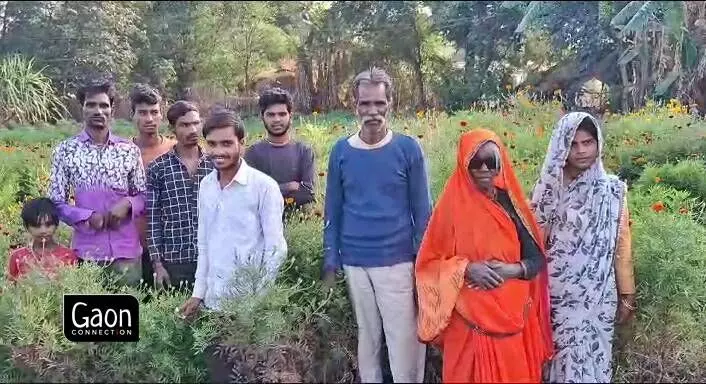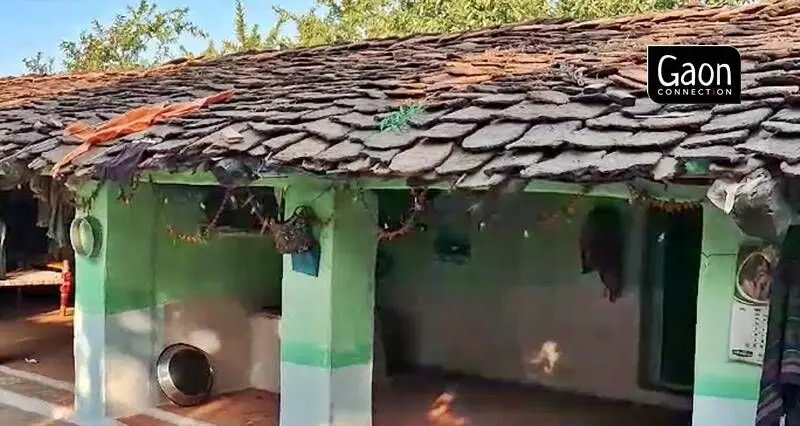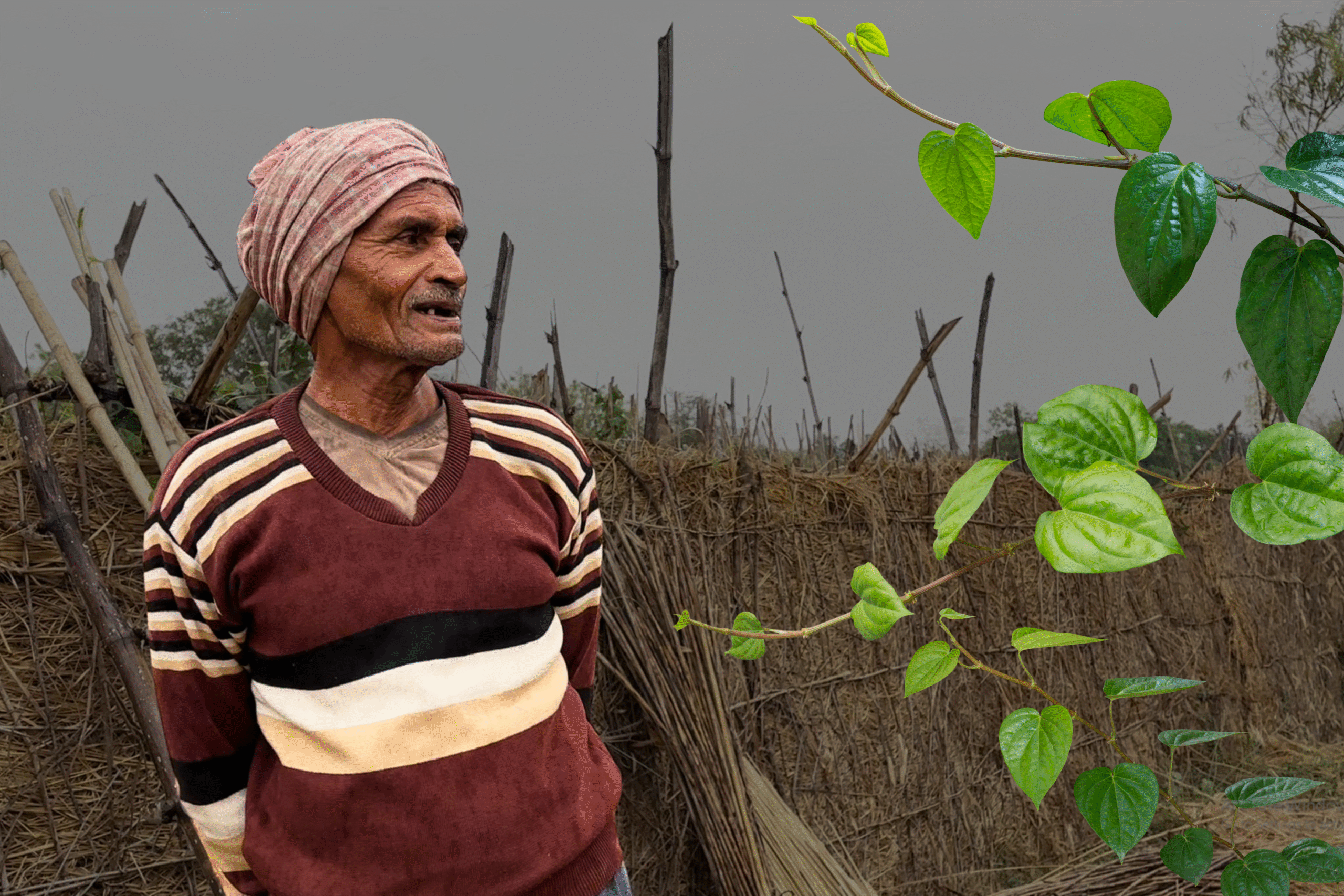Baniyai (Ashoknagar), Madhya Pradesh
Ever since he was 15 years old, Surendra Kushwaha loved gardening. He loved flowers but he grew up watching his elders cultivate paddy, soybean and bengal gram. And, he soon joined them.
“We were always short of money and I had to drop out of school after class five. We have 12 bighas of land which produces just enough for us to eat through the year,” the 35-year-old, who lives in Baniyai village of Madhya Pradesh’s Ashoknagar district told Gaon Connection.
But even when he was cultivating paddy, Kushwaha did pursue his love. With the help of a gardener, who sold flowers at a local temple, he grew marigold flowers on half a bigha of his ancestral land. But, that was more like a hobby at that time.
Then in 2015, the unimaginable happened. While using a thresher, Kushwaha got his hand stuck in the machine and he lost all five fingers of his right hand.
“It was traumatic. Crops like paddy require the use of fingers in sowing and I could not do it anymore. It was then that I started cultivating marigold flowers on three bighas of land,” he said. Meanwhile, his other family continued to cultivate the staple crops on the remaining nine bighas of the land.

Today, Kushwaha grows four varieties of marigold flowers — genda, gendi, bijli and nauranga. He invests Rs 50,000 each year to cultivate flowers and now has an annual turnover of Rs 5 lakh (Rs 500,000).
Also Read: The Lotus Farmers of Hooghly
According to the Indian Council of Agricultural Research (ICAR), marigold is one of the most commonly grown flowers. “Flower yield depends upon the season of planting. On an average, it yields 40-45 quintals per hectare during the summer season, 60-65 quintals per hectare in the rainy season, and 50-55 quintals per hectare in the winter season,” ICAR states on its website.
Kushwaha said the bulk of the sale of flowers happened in November. “This year, the wedding season, Diwali and the election campaigning have all led to a peaking in our sales. I supply my flowers to temples, markets and decorators in Ashoknagar city,” he said.
According to him, flower cultivation is not a very strenuous task and often the women and children pitch in. “This saves us the cost of labour which is otherwise needed in harvesting and irrigation. But many hands are needed at the time of harvesting the flowers,” said Kushwaha.
The flowers are planted in August keeping in mind the approaching festive season ahead.
“This time I have also cultivated jasmine flowers as the state elections were scheduled and there is a lot of demand for flowers for making garlands, parties and decoration,” he said.
Also Read: The flower growers of Varanasi hope to see sales bloom during Diwali

On growing the flowers
Kushwaha buys the plants from a nursery in Ujjain about 300 kilometres away from his village. Each plant costs him between Rs 2 and Rs 3.
“After planting them, it takes at least 30-40 days for the buds to form. It takes another week for them to blossom into flowers,” he said.
“The soil is ploughed and the weeds are removed in between the flowering cycle. The distance between two plants should be at least two feet. Irrigation should be done carefully, or else the plants can rot,” he said.
“I use a mixture of baking soda and potassium bicarbonate along with some vegetable oil to prevent the spread of fungus in my crop,” said the farmer.
The marigold flowers are vulnerable to fungi infection that causes a white layer of fungus to grow on the leaves. If not attended to, the stems of the plants also get affected.
According to the farmer, a gallon (1 gallon = 3.7 litres approx) of water is mixed with about 50 grams of potassium bicarbonate powder and a spoonful of oil. The mixture is then sprayed on the plants.

Kushwaha buys the plants from a nursery in Ujjain about 300 kilometres away from his village. Each plant costs him between Rs 2 and Rs 3.
There are times he struggles because of his disability, Kushwaha said. It’s difficult for him to set up the tubewell and water the plants.
“I have not received any assistance from the horticulture department. I would be glad if the officials supply me with the pipes which are needed for setting up drip irrigation. I have applied with the department but I am yet to receive any help,” he said.




















